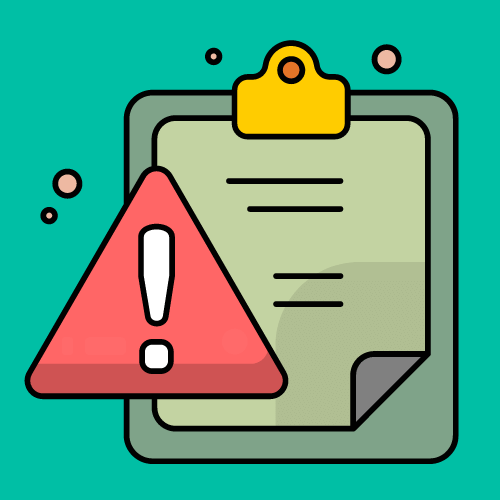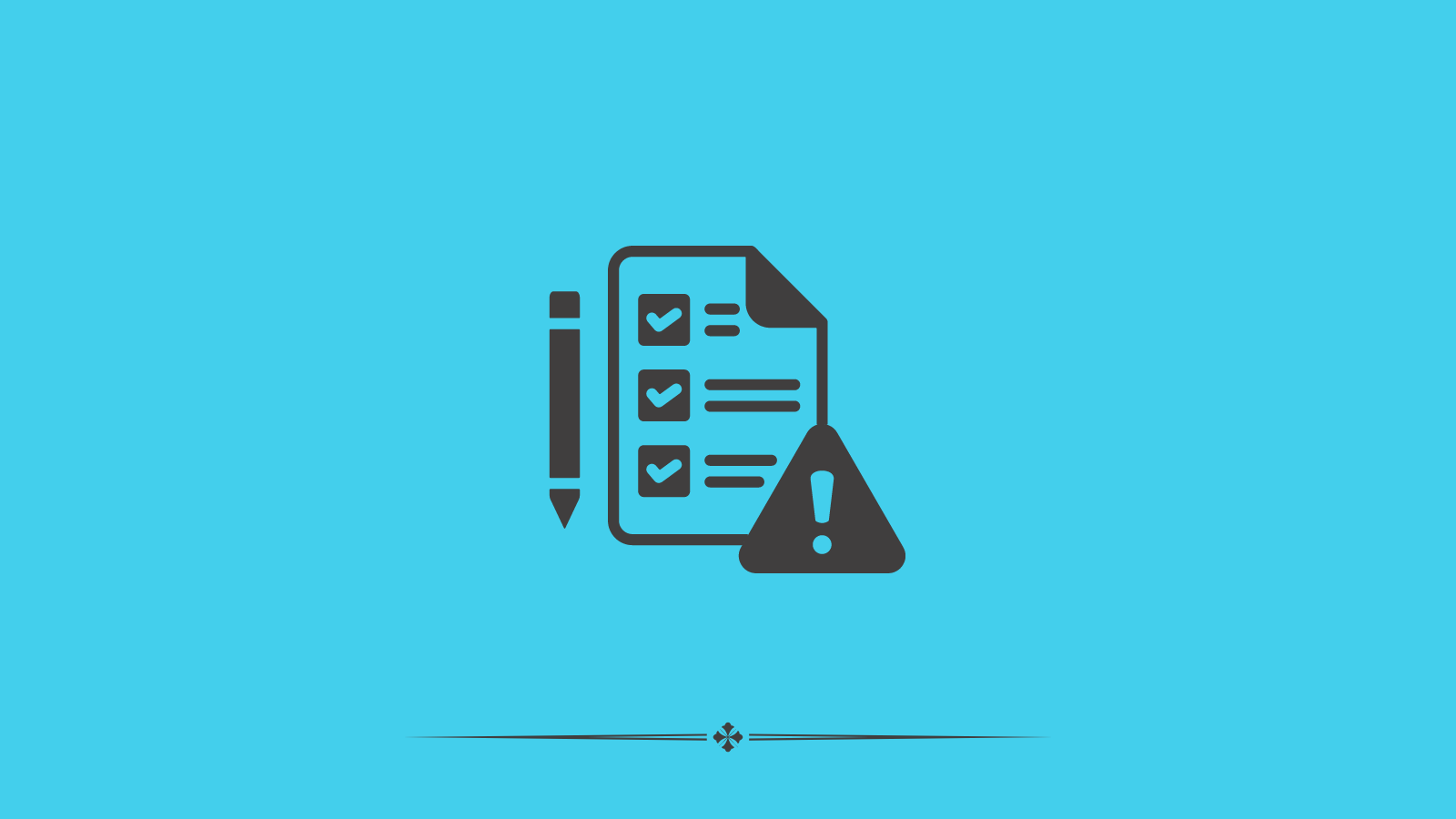Why Every Business Needs a Comprehensive Risk Management Plan

Imagine you’re sailing a ship across the ocean. The sun is shining, the sea is calm, and everything seems perfect. Suddenly, dark clouds appear on the horizon, and a storm is brewing. Without a map or a plan, navigating through these turbulent waters would be nearly impossible.
This is precisely why every business needs a comprehensive risk management plan. It’s your map and guide to staying afloat during unexpected challenges.
Chapters
- The Importance of Risk Management for Small Businesses
- Identifying Potential Risks
- Assessing the Impact of Risks
- Developing Risk Mitigation Strategies
- Monitoring and Reviewing Your Risk Management Plan
- The Benefits of a Comprehensive Risk Management Plan
- Real-Life Examples of Risk Management Success
- Common Pitfalls to Avoid
- How to Get Started with Your Risk Management Plan
The Importance of Risk Management for Small Businesses

Small businesses often operate on tight budgets and limited resources. When an unforeseen event occurs, it can be catastrophic. A risk management plan helps identify potential risks, allowing businesses to prepare and respond effectively. This proactive approach can mean the difference between survival and a disastrous failure.
But what exactly should a risk management plan include, and how can it benefit small businesses and entrepreneurs? Let’s break it down.
Identifying Potential Risks
The first step in creating a comprehensive risk management plan is identifying potential risks. These can range from financial uncertainties to natural disasters. By listing all possible risks, business owners can start devising strategies to mitigate them.
Financial Risks
Financial risks are among the most critical for any business. They include everything from cash flow problems to market fluctuations. Small business owners must ensure they have a safety net to handle these challenges.
Operational Risks
Operational risks are those that affect your daily business activities. These can include supply chain disruptions, equipment failures, or even employee strikes. Identifying these risks early can help you put contingency plans in place.
Legal and Compliance Risks
Every business must adhere to local, state, and federal regulations. Failure to comply can lead to hefty fines and legal troubles. Keeping abreast of the latest regulations and ensuring compliance is crucial.
Assessing the Impact of Risks

Once potential risks have been identified, the next step is assessing their impact. Not all risks carry the same weight. Some might only cause minor disruptions, while others could threaten the very existence of your business.
Risk Severity and Probability
When assessing risks, consider both their severity and probability. High-severity, high-probability risks need immediate attention, while low-severity, low-probability risks can be monitored.
Cost-Benefit Analysis
Performing a cost-benefit analysis helps determine which risks are worth mitigating. Sometimes, the cost of preventing a risk might outweigh the actual damage it could cause.
Developing Risk Mitigation Strategies
With risks identified and assessed, it’s time to develop strategies to mitigate them. These strategies should be tailored to the specific needs and capabilities of your business.
Diversification
One way to mitigate financial risks is through diversification. By offering a variety of products or services, you reduce the impact of a single product’s failure on your overall business.
Insurance
Insurance is a critical component of any risk management plan. It provides a financial safety net in case of unexpected events. Ensure your business is adequately insured for various risks.
Contingency Planning
Having a contingency plan in place ensures your business can continue operating during disruptions. This might include alternative suppliers, backup systems, or remote working arrangements.
Monitoring and Reviewing Your Risk Management Plan
A risk management plan is not a one-time task but an ongoing process. Regularly reviewing and updating your plan ensures it remains relevant and effective.
Regular Audits
Conduct regular audits to identify new risks and assess the effectiveness of existing mitigation strategies. This helps keep your plan up-to-date.
Employee Training
Ensure your employees are aware of the risk management plan and their roles in it. Regular training sessions can help them respond effectively during crises.
The Benefits of a Comprehensive Risk Management Plan
Implementing a risk management plan offers numerous benefits that extend beyond merely surviving a crisis.
Improved Decision-Making
With a clear understanding of potential risks and mitigation strategies, business owners can make more informed decisions. This leads to better resource allocation and strategic planning.
Increased Resilience
A well-prepared business is more resilient and can quickly bounce back from setbacks. This resilience is crucial for long-term success.
Enhanced Reputation
Customers and clients are more likely to trust a business that has a robust risk management plan. It shows that you are proactive and responsible, which can enhance your reputation.
Real-Life Examples of Risk Management Success

No need for fictional stories here; real-life examples abound of businesses that have successfully navigated crises thanks to solid risk management plans. Take, for instance, a small bakery that survived a city-wide power outage by having backup generators and pre-arranged agreements with suppliers for quick ingredient deliveries. Their foresight and preparation ensured they continued to serve customers while competitors struggled.
Common Pitfalls to Avoid
While crafting a risk management plan, it’s easy to fall into certain traps. Here are some common pitfalls and how to avoid them:
Ignoring Minor Risks
Sometimes, small risks are overlooked because they seem insignificant. However, these minor issues can escalate if ignored. Always consider all potential risks, no matter how small.
Overcomplicating the Plan
Simplicity is key. An overly complex risk management plan can be difficult to implement and follow. Stick to clear, actionable steps.
Failing to Involve Employees
Your employees are on the front lines and can provide valuable insights into potential risks. Involve them in the planning process to create a more comprehensive plan.
How to Get Started with Your Risk Management Plan
Ready to create your risk management plan? Start by gathering your team and brainstorming potential risks. Use the steps outlined in this post to guide you through the process.
Risk is an inherent part of running a business, but with a comprehensive risk management plan, you can turn potential threats into opportunities for growth. By identifying, assessing, and mitigating risks, your business will be better prepared to face the future with confidence.
Don’t wait for the storm to hit—start building your risk management plan today and secure your business’s future. If you need further guidance, our team of experts is here to help you every step of the way.
Create more and better content
Check out the following resources and Grow!